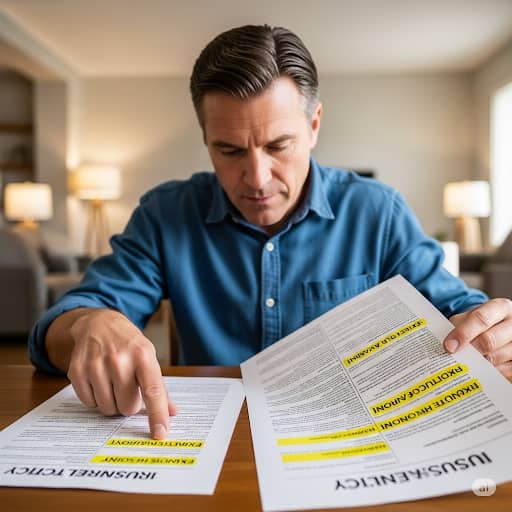Weather disasters are reshaping the home insurance landscape. Learn how climate change impacts coverage options, premiums, and what homeowners can do to protect their investments in an era of increasing climate risk. I still remember the phone call from my neighbor last summer, her voice shaking as she described watching the insurance adjuster write “DENIED” across her flood claim form. “But we’ve lived here thirty years without water touching our doorstep,” she kept repeating. Her confusion mirrored what I’ve been hearing from clients nationwide as weather disasters transform home insurance from a routine expense into a high-stakes gamble.
When “Act of God” Becomes Routine
Insurance companies are quietly rewriting the rules in response to what they call “secondary perils” the smaller, frequent disasters that collectively cause more damage than headline-grabbing catastrophes. A claims manager at a major insurer confided that hail damage claims in the Midwest have increased 40% in five years, while “nuisance flooding” in coastal areas now accounts for more payouts than full-blown hurricanes did a decade ago.
The Rising Cost of Protection
Premium increases tell a sobering story. Wildfire-prone ZIP codes in California have seen average premiums triple since 2018, with some homeowners facing annual bills exceeding their mortgage payments. In coastal regions, windstorm coverage now often costs more than the base policy itself. These aren’t isolated cases but part of a broader pattern where climate risk gets priced into every policy.
Vanishing Coverage Options
Standard policies increasingly come with gaps that would surprise many homeowners. Where sewer backup coverage was once commonplace, it’s now typically an expensive add-on. Some carriers in hurricane zones have begun excluding roof damage from winds below hurricane strength, leaving homeowners to shoulder unexpected repair costs.
The Mitigation Paradox
There’s a cruel irony at play: the very improvements that make homes safer can also make them harder to insure. I’ve seen cases where installing fire-resistant roofing triggered a premium hike because insurers interpreted it as the homeowner anticipating risk. Conversely, properties with verified mitigation measures sometimes get modest discounts, though these rarely offset overall rate increases.
When Insurers Retreat Entirely
Some areas have crossed into “uninsurable” territory, at least for traditional carriers. State-run insurers of last resort now cover over 10% of Florida homes and growing portions of California’s high-risk areas. These policies often come with capped payouts and lengthy claims processes, leaving homeowners effectively self-insured for major losses.
The Ripple Effects
This insurance crisis extends beyond individual homeowners. Mortgage lenders grow wary of properties in high-risk areas, potentially freezing entire housing markets. Municipalities face bond rating downgrades when insurers flee, increasing borrowing costs for infrastructure that could mitigate future disasters.

Navigating the New Reality
Homeowners aren’t powerless, though the strategies have changed. Some are opting for higher deductibles to keep premiums manageable while self-insuring for smaller claims. Others invest in preventative measures like flood barriers or ember-resistant vents, though the return on investment varies wildly by location.
The most proactive are rethinking homeownership itself, choosing properties with resilience baked in, like elevated foundations in flood zones or fire-resistant materials in wildfire corridors. As one architect told me, “We used to design for aesthetics and function. Now we design for insurability.”
The hard truth is that the rules of homeownership are being rewritten by forces beyond any individual’s control. Those who adapt fastest, whether through smarter purchases, creative coverage solutions, or rethinking what safety means will weather the coming storms best.
References
Congressional Budget Office. (2024). Climate change, disaster risk, and homeowner’s insurance (Publication No. 60674). https://www.cbo.gov/publication/60674
U.S. Department of the Treasury, Federal Insurance Office. (2025). Homeowners insurance in the face of climate-related risks: Costs and availability [Press release]. https://home.treasury.gov/news/press-releases/jy2791
Swiss Re Institute. (2023). Global economic losses from natural and human-made disasters. (Referenced in catastrophe insurance analysis).
Sanderson, D., et al. (2025). As disasters become more frequent, home insurance must evolve. Australian Housing and Urban Research Institute. https://www.ahuri.edu.au/analysis/news/disasters-become-more-frequent-home-insurance-must-evolve
Kousky, C. (2025). How is climate change impacting home insurance markets? Brookings Institution. https://www.brookings.edu/articles/how-is-climate-change-impacting-home-insurance-markets/

